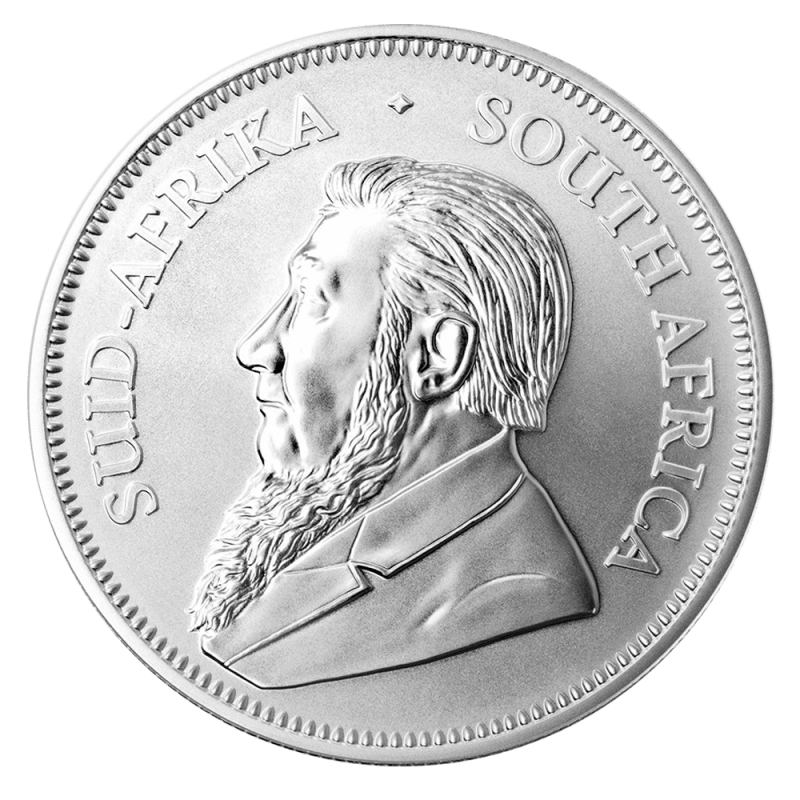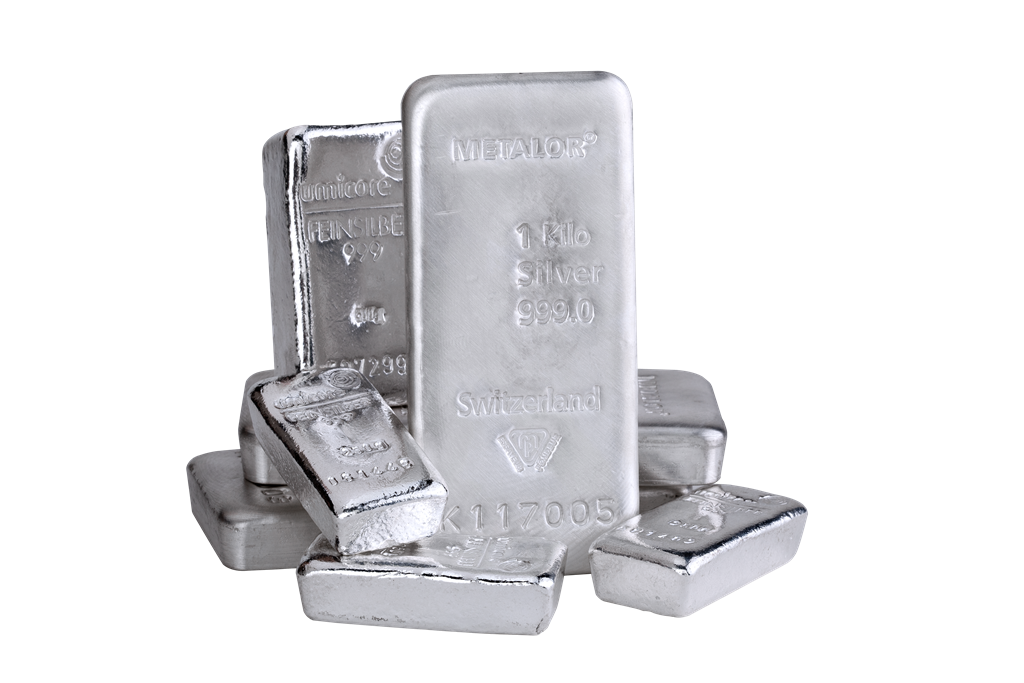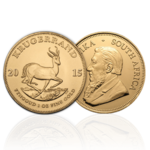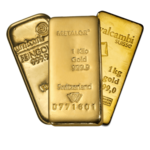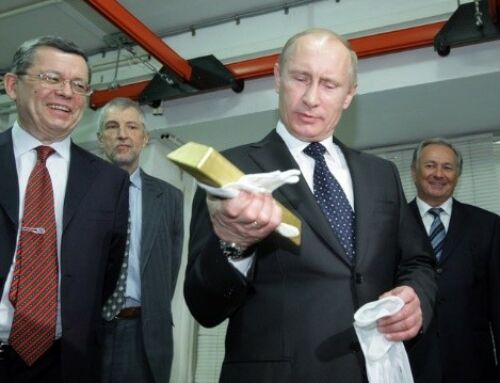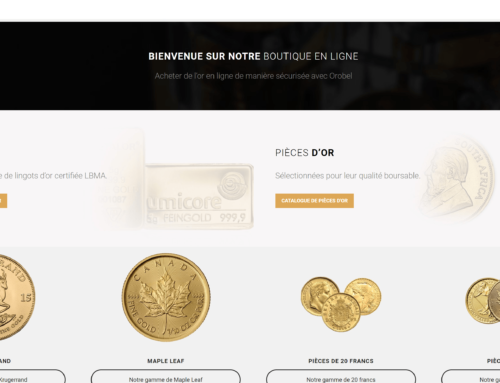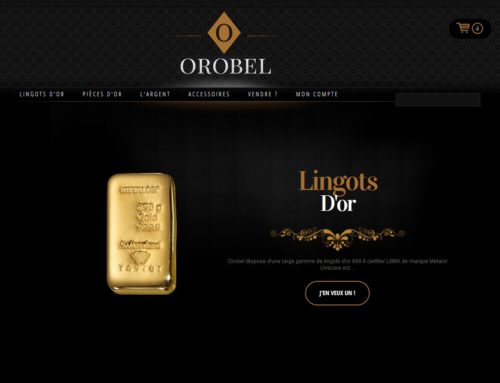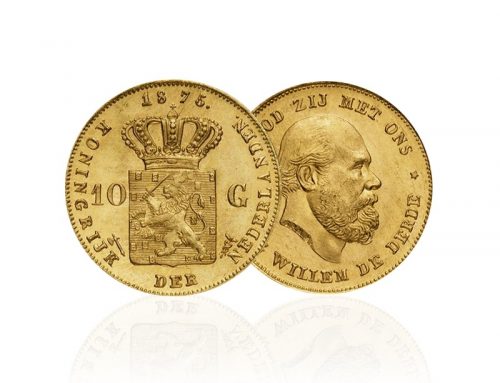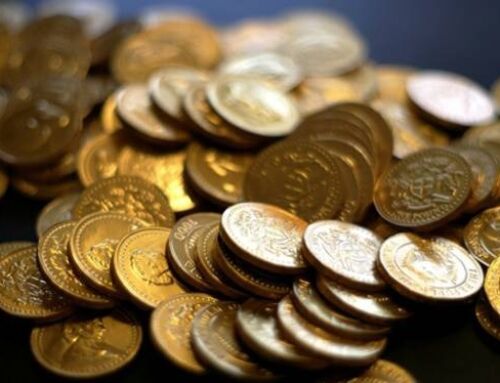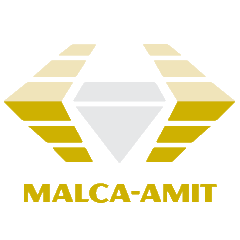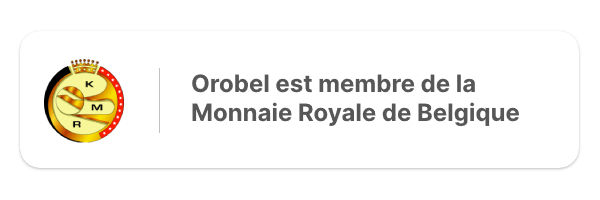The origin of gold
COLLOÏDAL GOLD
Taking the laboratory with a solution of [HAuCl 4] – and is reduced if the (redox reaction) with a reducing agent such as [SnCl 3] – in appropriate conditions, one obtains very colored solutions containing colloidal gold.
Colloidal gold is a suspension of gold nanoparticles in a fluid which may be water or a gel. The hue of this suspension (not a solution) varies with the dimensions and the concentrations of suspended particles. The color is bright red for particle sizes below 100 nanometers *, and yellow for the largest. As bizarre as it sounds, the collodoïdal gold has been known since ancient times. It was used to color glass and porcelain. The first scientific studies of this mixture were taken by Michael Faraday in 1850 *.
Currently the gold nanoparticles are the subject of extensive research through their optical and electronic properties. The fields of application range from electron microscopy in materials science and nanomedicine. Their form sometimes has strange properties. Thus rods of gold particles offer a peak transverse and longitudinal light absorption. This anisotropy is the witness of their own cohesion. This very special aggregation feature, the sidérophile gold-sealing itself could explain the formation of nuggets in certain environmental conditions. The nanoparticles of dimensions are probably decisive in the result of the aggregation (surface effects, surface tension, transportation by flotation, in alluvial deposits cavities …).
However, there are gold deposits in which alluvial gold is not present. Primary gold is extremely divided (<50 microns) and dispersed in rocks or it is included in the crystal lattices pyrites arsenopyrites and gold tellurides, we must invoke discrete redox processes that produce the oxidized gold ( 1) unstable as above described. The merit of these intermediate process is to allow the transport of gold to achieve a concentrate.
The purity of gold is also a conditioning test reactivity. Plus it is pure, the more « noble », but if impurities such as silver or copper the accompanying oxidative attacks become easier. The couple Au-Ag-Cu or Au are actually redox initiators of the microcells.
Once dissolved gold, may be reduced and precipitate (accreted) after transport as metal. This reduction can be of chemical nature. The environmental conditions are obviously crucial, such as pH and Eh. Again, the presence of sulphides can be decisive in a hurry.
The decomposition of crystalline pyrite networks, arsenopyrite, and similar compounds as selenides, tellurides or antimonides as aurostibite (AuSb2) releases these gold particles which had been concentrated in a chemical pre-process in the formation of these sulfides. A notice that these gold compounds, big atom, resulting primarily from the combination of large atoms.
The set of gold particles by oxidation solution allow transport and after they are returned to the metallic state by the action of reducing agents.
Given its rarity and lack of mineralizer from the leakage of iron, it is very difficult to « manipulate » the gold disseminated in the silicate mantle. It is therefore necessary that Nature plays its role chemist and dissolve these nanoparticles and focuses these solutions and finally make gold in the metallic state.
The dissolution by simple reactions is not favored. It is imperative that the dissolved gold is stabilized in the form of complex anions (that’s how we call these large molecules) rather than as a Au1 + cation. These natural complexes can take the form of [AUX2] – X = Cl or OH for example. But more complicated organic molecules could also intervene. Laboratory discloses polymers of these complexes.
Given the unique surface properties of gold, some might even establish compatibility with bacteria known as Ralstonia metallidurans siderophilic or Cupriavidus metallidurans. Then, the process is purely chemical or bio-assisted, the final recovery of the metallic gold is carried out by a reduction reaction by a variety of reducing agents such as sulfides, selenides, tellurides, antimonides … In its bacterium lifecycle could possibly eliminate metallic gold and promote accretion by a living colonies. Thus were formed nuggets! It is bio-gold mineralization. But we know that the nuggets of over 100 g are rare. It is estimated nugget (Madagascar) 320 g like the one we’ve admired Interminéral 2010 is found that all 20 eighty. What about that 450 g (Australia) located in Luxembourg Natural History Museum ?
* British physicist and chemist Great (1791 – 1867) inventor among other things of the « Faraday cage ». * One nanometer (nm) is 10-9 m or billionth of a meter.
